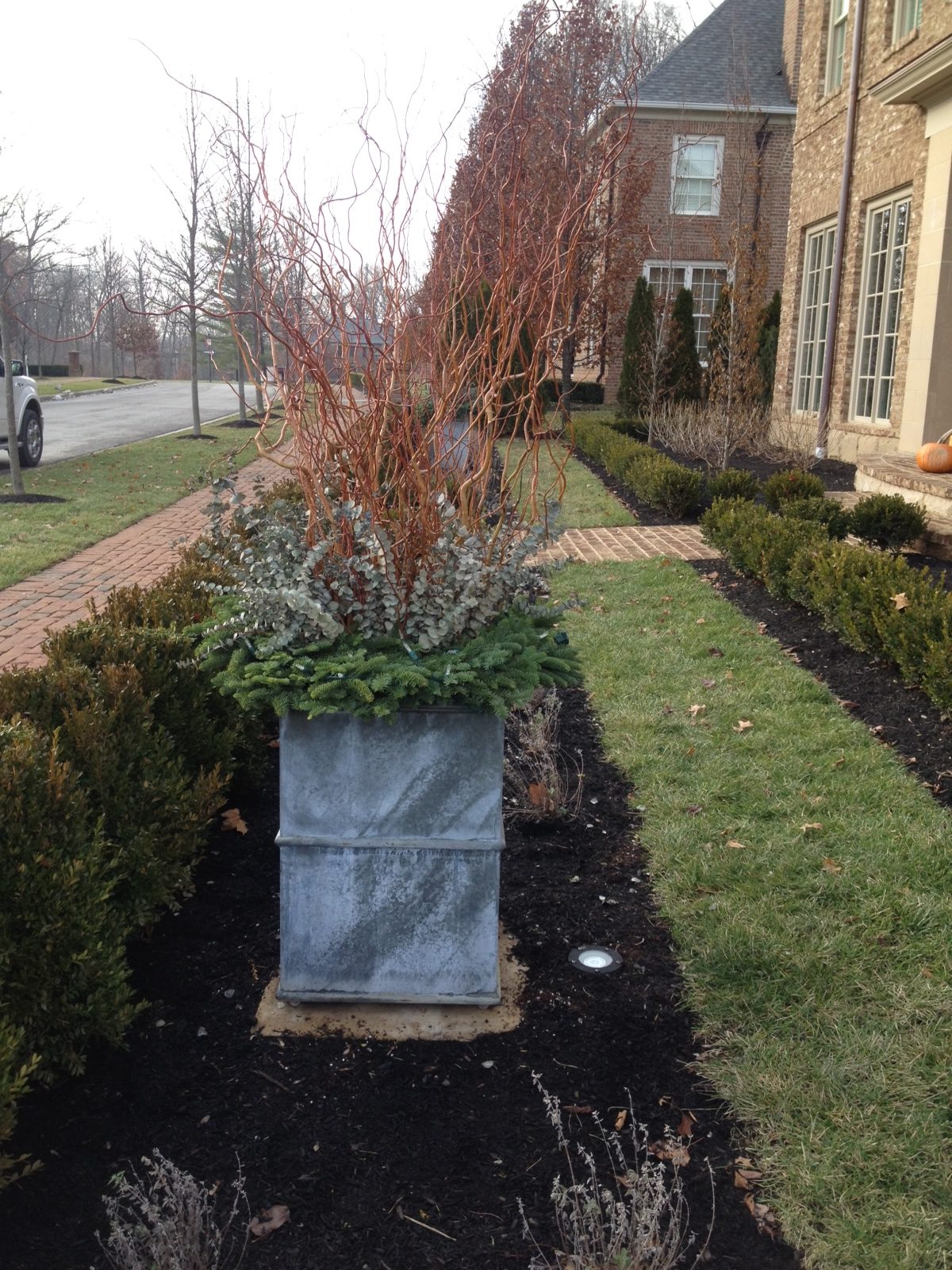With its gracefully twisted branches and delicate foliage, curly willow makes a beautiful addition to any outdoor space. The corkscrew-like stems provide unique visual interest, and curly willow works well planted in the ground or grown in a container.
Container gardening is an excellent option if you want the look of curly willow but have limited yard space. With proper care, you can enjoy this eye-catching plant on your patio, deck, or balcony.
In this comprehensive guide, we will walk through everything you need to know to successfully grow curly willow in a pot or planter box.
Selecting the Right Container
When choosing a container for curly willow, focus on providing adequate drainage and room for root development Here are some tips
-
Material – Choose terra cotta, plastic, wood, or metal containers with drainage holes. Avoid non-porous materials like ceramic that hold moisture.
-
Size – Select a container at least 18-24 inches wide and deep. Curly willow can reach 15 feet tall when mature.
-
Drainage – Ensure your container has several drainage holes at the bottom and use a saucer to catch excess water.
-
Portability – Opt for containers with handles or casters if you want to be able to move the willow easily
Match the container size to the space you have and the eventual height you want for your curly willow. Bigger is generally better to support vigorous growth.
Preparing the Right Potting Mix
Use a soilless potting mix designed for container plants. The ideal potting medium should:
- Drain well to prevent soggy conditions
- Retain some moisture so roots don’t dry out
- Provide aeration for healthy root growth
A blend of equal parts peat moss, perlite, and compost or bark works perfectly. Or you can purchase a commercial cactus/citrus mix.
Before planting, fill the container with potting soil and water thoroughly. Allow excess moisture to drain out the bottom.
Planting Steps for Curly Willow
Follow these simple steps to get your curly willow planted in its container:
-
Select a young, flexible sapling or branch cutting from new growth. Look for plenty of side shoots.
-
Dig a hole in the center of the container to fit the root ball or lower part of the cutting.
-
Place the plant in the hole and backfill with more potting mix to stabilize it.
-
Pack the soil gently but firmly around the base. Leave no air pockets.
-
Water well until you see it draining from the container’s holes.
-
situate the pot in a sunny spot. Provide a trellis for support as stems grow.
-
Mulch around the base with compost or bark chips to retain moisture.
With a properly sized container and rich soil, your curly willow will soon take off!
Watering Needs
Curly willow prefers consistently moist soil during the growing season. Water whenever the top few inches become dry. Stick your finger in the soil to gauge moisture levels.
The tree may need watering every 2-4 days depending on weather, exposure, and container size. More frequent watering is needed in hot, dry conditions.
Always water deeply until it drains from the pot’s bottom. This encourages deep root growth. Allow excess water to empty into a saucer beneath.
Proper Sunlight Exposure
For best growth and that signature twisted shape, provide your container-grown curly willow with at least 6 hours of direct sun daily. A south-facing location is ideal.
Curly willow can tolerate partial shade but may become lanky and sparse without sufficient sunlight. Insufficient light leads to fewer branches and less vigorous growth.
Rotate the pot occasionally so all sides receive equal sun exposure. This promotes even, symmetrical growth. Morning sun is better than hot afternoon rays.
Fertilizer Application
Apply a balanced liquid fertilizer every 2-4 weeks during the spring and summer. This provides nutrients to support rapid growth.
You can also use a slow-release granular fertilizer at planting time and again mid-season. Mix it lightly into the top few inches of soil.
In fall and winter, reduce feeding to once a month or stop completely. Excess fertilizer leads to leggy, weak growth when light levels drop.
Pruning for Shape
Prune curly willow in late winter or early spring before buds emerge. Remove any dead or damaged branches first.
Then make heading cuts to stimulate the growth of side shoots. This maintains a full, shrubby form. Avoid shearing off branch tips uniformly.
You can also prune occasionally in summer to manage size or shape. But don’t remove more than 30% of branches at once.
Overwintering Care
In cold climates, some steps are needed to help curly willow survive winter in a container:
-
Move the pot close to your home’s foundation for protection
-
Wrap or cover the willow with burlap if hard freezes are expected
-
Apply insulating mulch around the base
-
Water once a month during winter dry spells if soil isn’t frozen
-
Shelter the container in an unheated garage or shed on the coldest nights
-
Spray with an antidesiccant to reduce winter burn
-
Hold off pruning until spring
With a little cold protection, curly willow can thrive for years in a container. Just provide sun, water, and occasional pruning. The gracefully twisted stems offer unique visual interest on patios, porches, and balconies.
Why to Grow It
As its name suggests, corkscrew willow has twisted, curly branches and similarly curly leaves. The stems are an attractive feature in the garden or when cut and used in floral arrangements. It grows quickly and can handle a lot of different conditions, so it can be useful in trouble spots. The curly branches of the corkscrew willow look great in the winter, but the interesting leaves also make a statement, especially when they turn yellow in the fall.
Turn a Curly Willow Cutting into a Tree
FAQ
Can you grow curly willow in pots?
Can willow be grown in containers?
Where does curly willow grow best?
Why is my potted willow tree dying?

